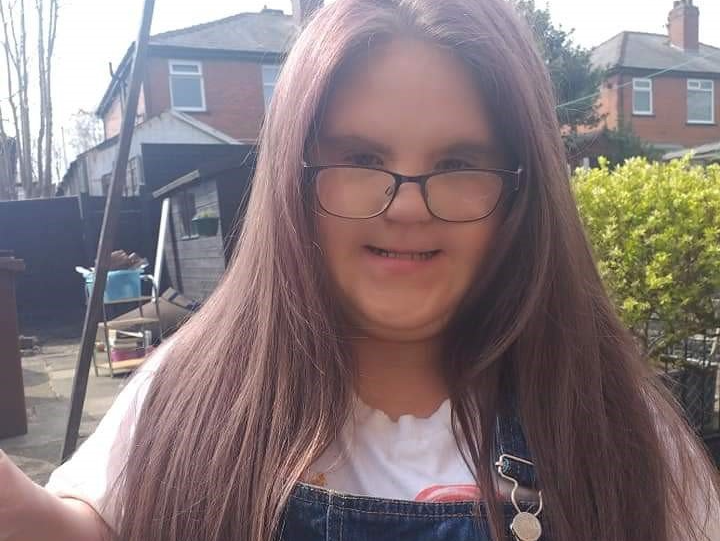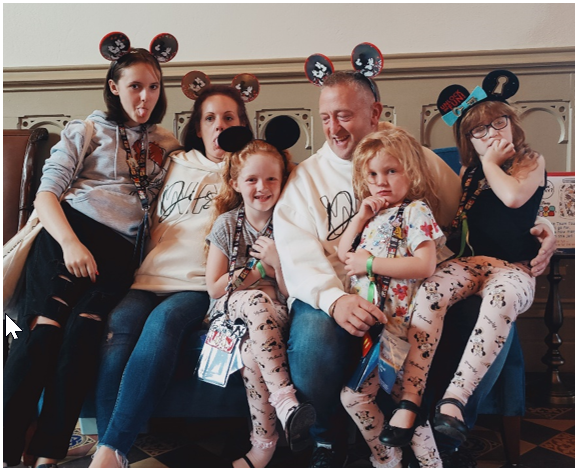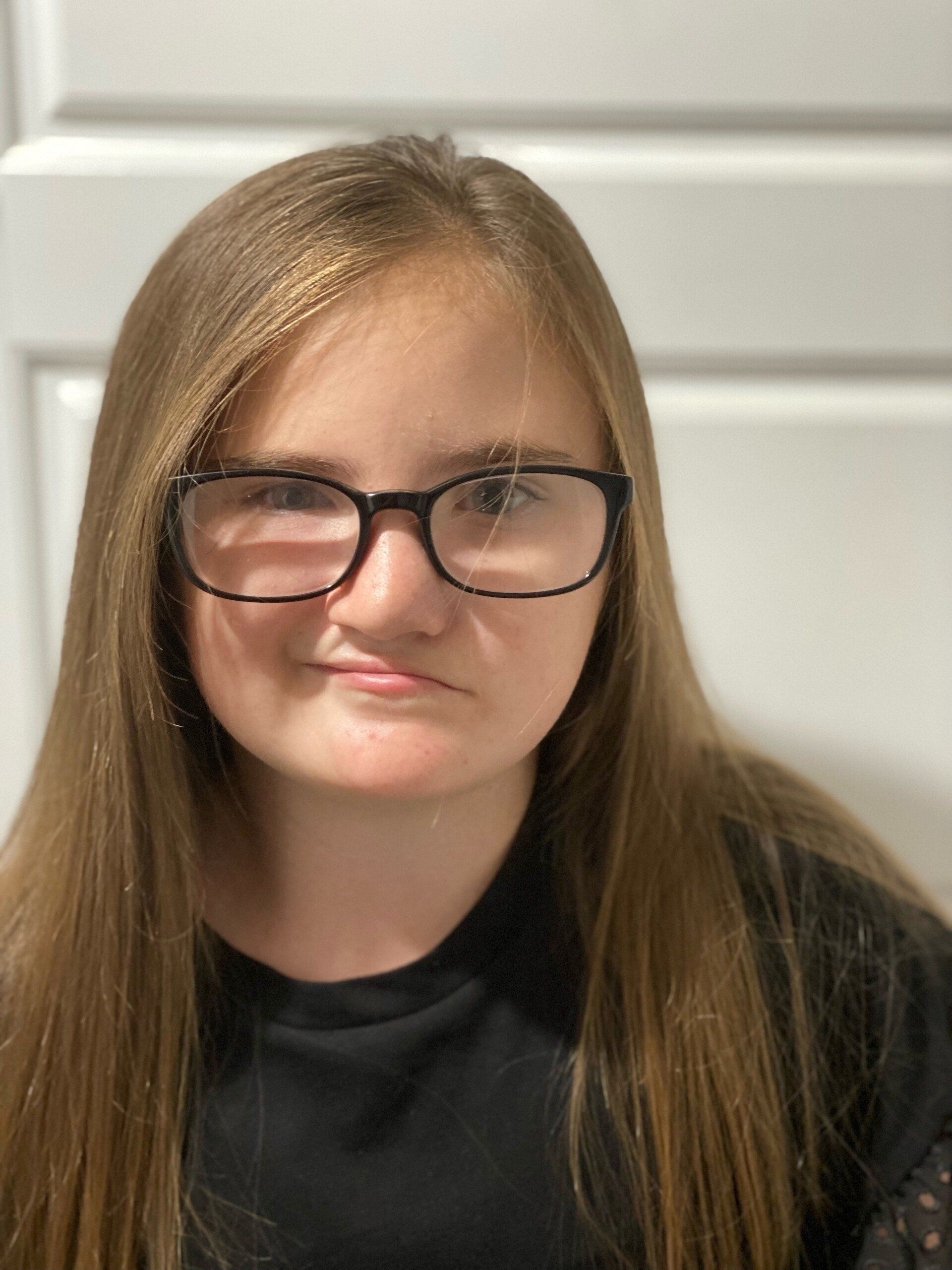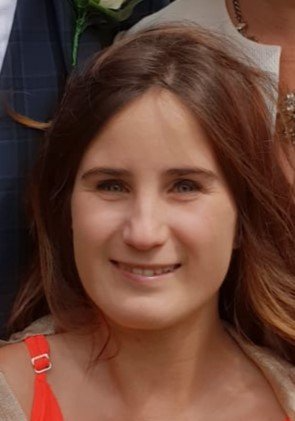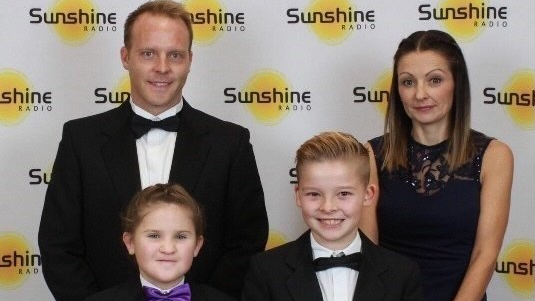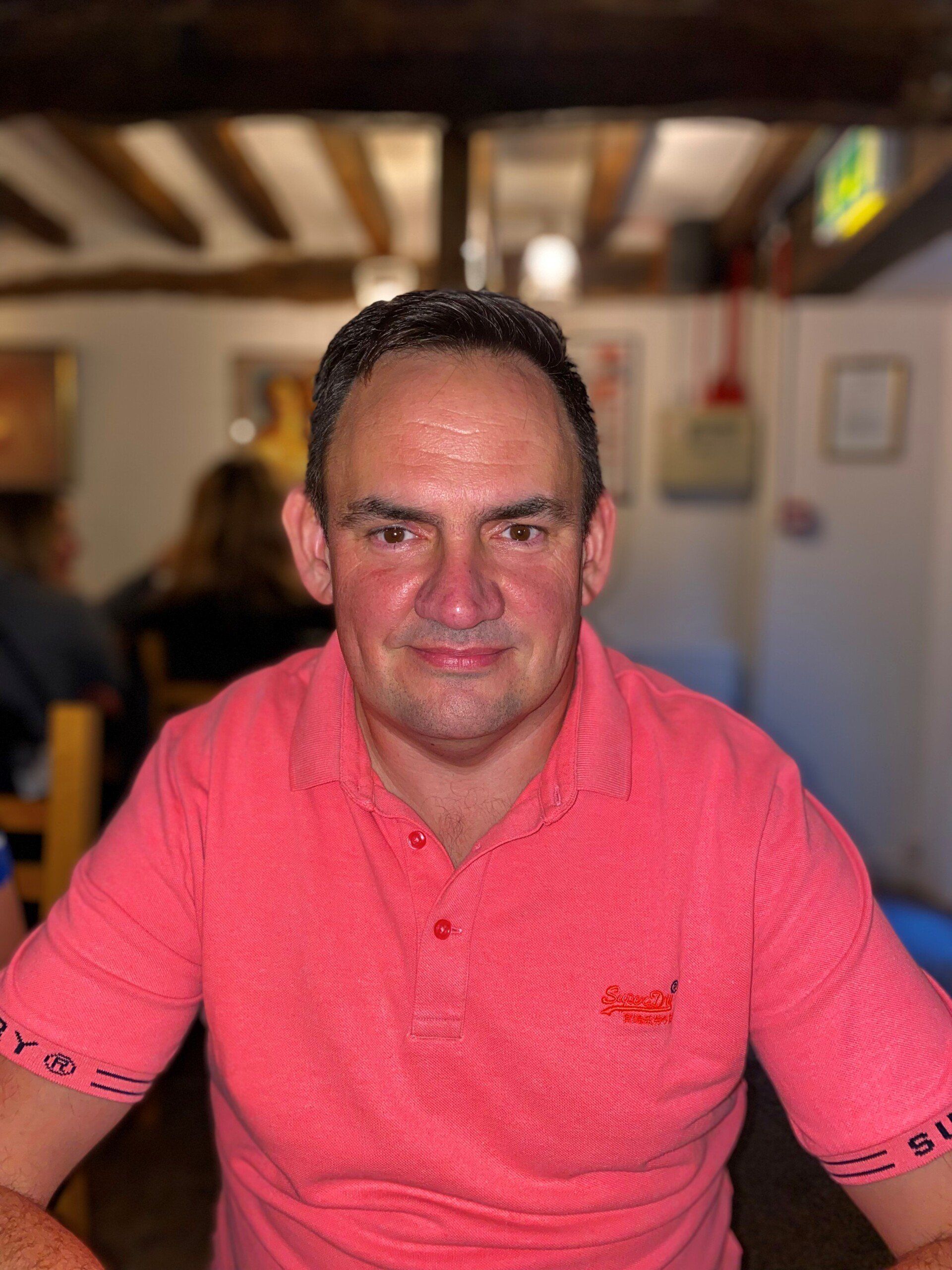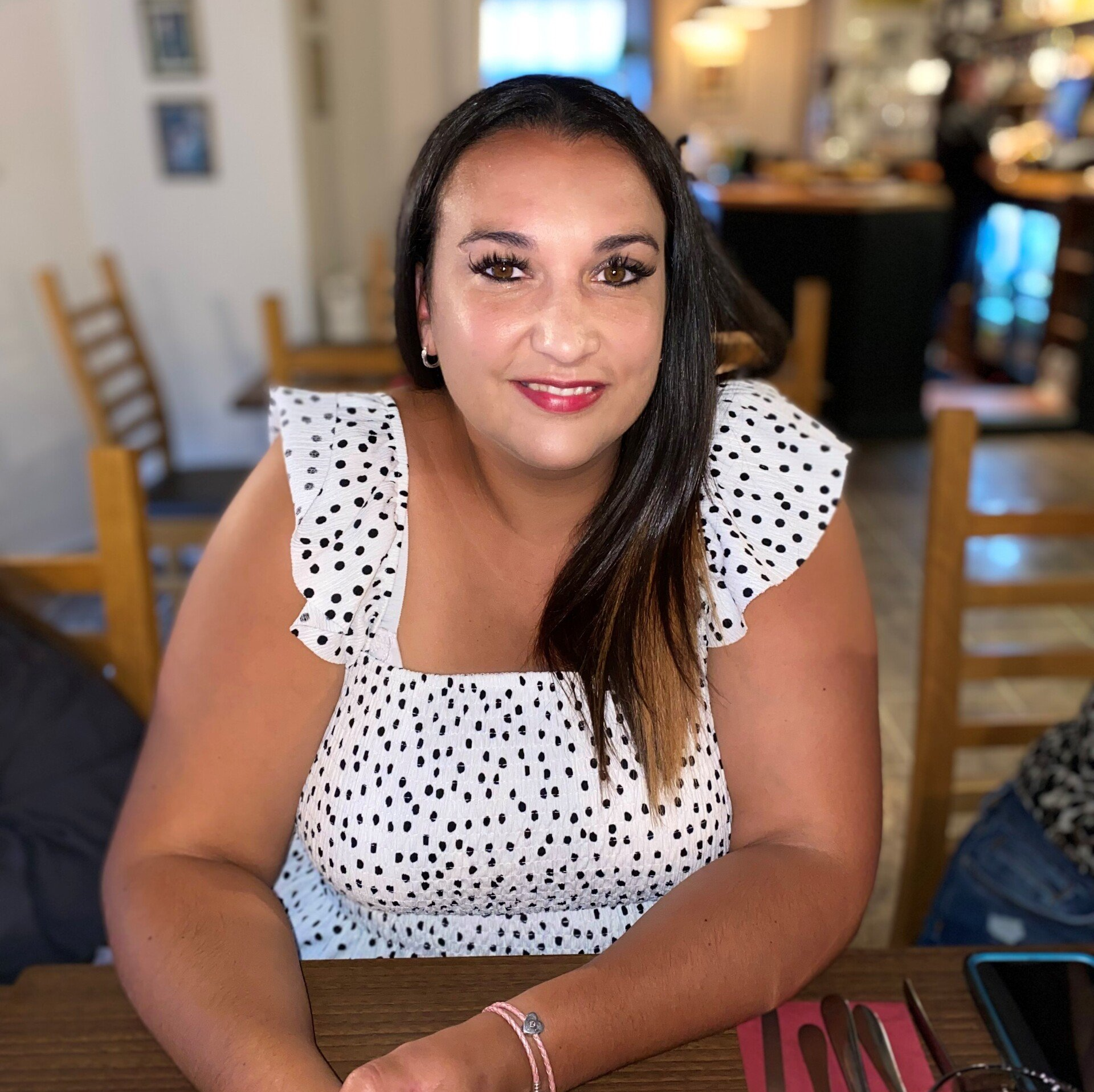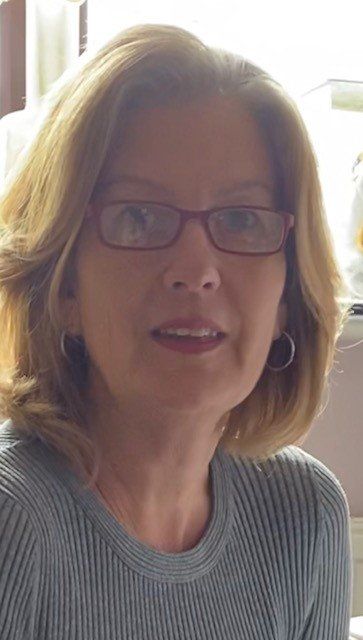“Collectively we will share and care for any person with a Myhre diagnosis and their families”
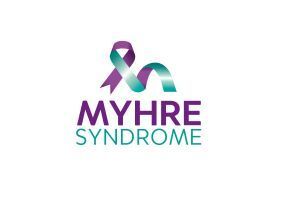
Our Story
Myhre Syndrome when researched on the internet delivers a myriad of concerning & disturbing images, stories and results that can baffle and concern both parents, carers & medical professionals. As it is as you may have established by now if you have got this far, it is a very rare syndrome. When as parents we started out in 2014, it was so rare even the geneticists who were diagnosing patients where issuing a google search, as nothing else existed.
This was anyone with children will tell you is totally unacceptable & couldn’t be right, how was it possible that no one and I mean not a soul, could give us any answers.
The volume of thoughts, emotions & concern made any parents head spin and very quickly realised that something had to be undertaken to help each other as more than one or two parents must be in similar evolving situations. What about done to fill this void that exists across the world..
As instincts go an internet search of anything will usually produce others, names , contacts who could give some support or guidance, wherever they were located. We tested the theory, so in July 2014 when googled for Myhre site, nothing no results. So immediately came the first action to buy the domain MyhreSyndrome.com, back then the .com was the most sought after domain. We really thought we were becoming was online geniuses. Initial costings were very low, so financially viable.
First job complete, now what to with it ? We had no idea, so we reached out to the domain support where we had built a beta version, and tried to add on stories, journals but met head on first hurdles. Initially not many wanted to share their personal or masked details. So it slowed. Meanwhile through this period we reached out over the first forms of social media available at the time & quickly established that across the Atlantic similar activity was starting and quickly aligned out focuses on our first joint venture. To our surprise others were quickly finding us, clearly sending the message more was needed. We had to gather ourselves it was really starting to take shape.
Move forward to 2016, with the expanding group of families both in the UK & abroad it was starting to become very real, we needed to formalise our group as at every turn , the golden question became, what’s your charity number? So in May of this year the constitution debacle kicked off, what should go in it, not be in it, what was appropriate alongside where were we going to place the charity funds we had raised. We needed payment facilities and a trail of where we had spent anything !
So in tandem the banking experience kicked off, with two of the big four big banks creating so much paperwork and needing so much detail for our small sums, in one year we simply just said stop, we couldn’t carry on, another took nearly a year, to again say no…
During this time we managed to get national press double page spread, alongside regular local news. Word was starting to spread we were getting attention!
By the end of November in this year the constitution was nearing completion, which was fortunate as we couldn’t proceed without it.. All the while the social media contacts were gathering pace with really strong relationships being built.
We start 2018, a complete constitution, and drumroll a bank accepted us, offered the facilities we needed and were helpful. Fast forward to January 2019 with a formal submission to the Charities Commission having spent hours on it, pressed submit, and left the laptop with hope and a bit of praying.
Within three days the dreaded email arrived, our application has been declined, due to failing on the income criteria. During which time we were really starting to get support and direction from Genetics Disorders UK, who were really helpful including building our initial relationships. We made our collaboration formal with GDUK in early March.
Part of the strategy for GDUK is to bring all the smaller charities together to share experiences, hints and tips, alongside speakers from across all different medical professionals bringing fresh perspective, alongside sponsors who also may be able to build the charities outlook and skill set. These national events became known as the GDUK Symposium. It was a huge privilege to represent Myhre for the UK. This allegiance brought us part of Genes for Jeans team, and enabled us to become a direct option to sponsor on their website, sounds small but what a win.
In December 2018 – our first real ‘Myhre Meet Up’ took place at the YHA our first corporate sponsor, with the power of social media parents & the family from Holland came over also. A real eye opener. Friendships really blossomed.
In 2019 came another ‘Myhre Meet Up’ held in a kind & obliging Myhre parent, where we camped and solidified our way forward. Each time we meet, we work through how and when we can support each other. Collectively we hold a legendary amount of information.
Later on same year, another parent training from a scratch start to compete in a boxing competition. Simply awesome.
Another parent also excelled themselves taking part in a Tough Mudder course raising even more funds for us – we are quite simply amazing!
In mid August having reworked the Charity application with a better feeling we submitted it with hope and some bigger prayers. During October and November we got holding emails, as the commission was overwhelmed with applications. This only led to increase the anguish and waiting is not our strong point.
As a distraction during December 2019, we lost a £1000 donation to a similar charity, who refused to pass it back to us. This only led to our desire to start moving at pace and get clear donation points built and out there. To some this is small, to us it was a huge loss, lessons learnt.
Welcome to January 2020, the 20th to be precise, as this was a day in our history we were officially a registered charity. To build on this month, we get contact from across the pond. Our American friends have also just established their own Myhre Foundation.
From here we start looking at simple fundraising through PayPal, Go Fund Me, Just Giving , always accepting donations directly.
Given our new constitution, it was only appropriate to bring together our new board of trustees in our inaugural board meeting. In tandem we are working on building a national Myhre centre of excellence in a space in the new Birmingham Children’s Hospital, who agreed to loan us one of larger meeting rooms for the board. We look forward to working more closely with a rare disease lead consultant.
What happens next was a new and fresh board ready and clear on their actions and COVID landed. Despite this funds continued, whilst more slowly and our resolve to remain connected, together in tough times, we had each other.
2021, finally we got together at Chester Zoo. It brought us all that much closer & enabled us to get the website together in the year with 2022, finally achieving our aim – website identity. A platform to undertake so much more for ourselves and every Myhre patient, carer or parent. Together we are stronger.
Our Families
Meet some of our families & read their stories.
